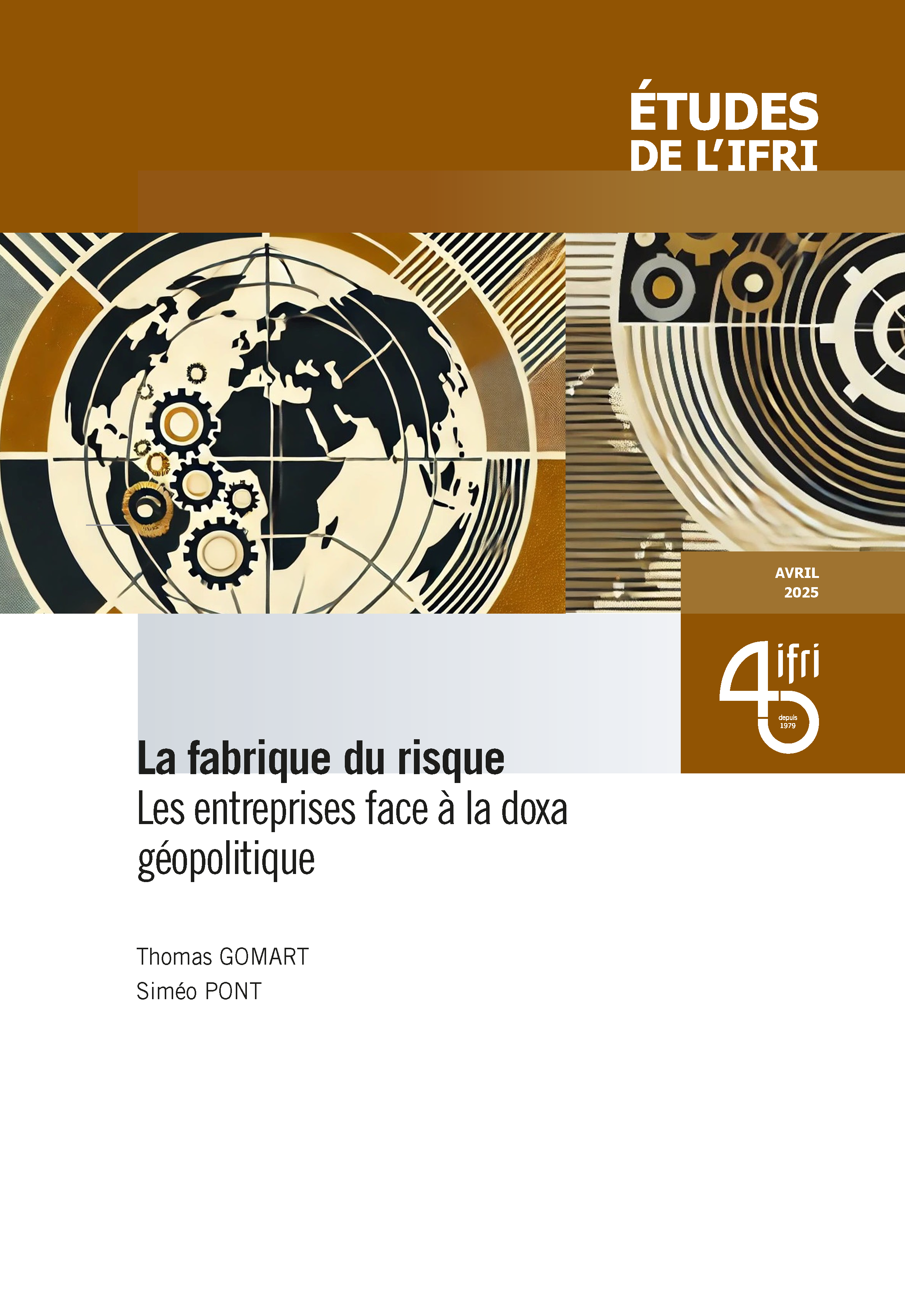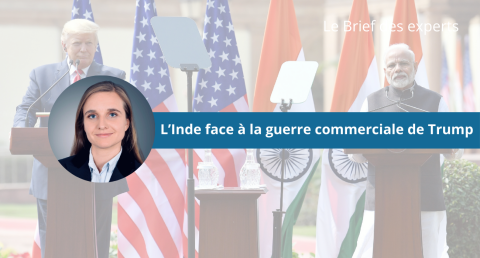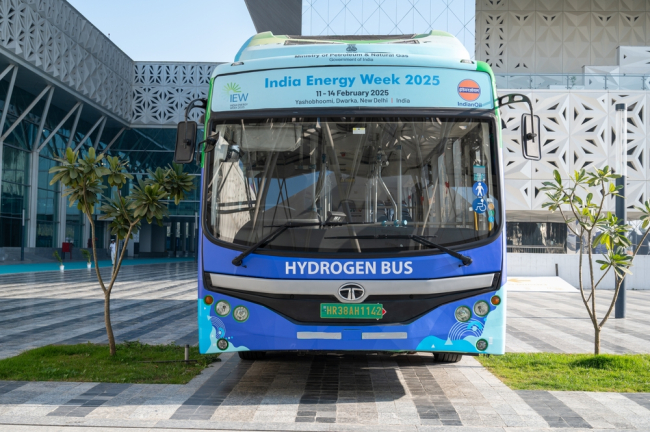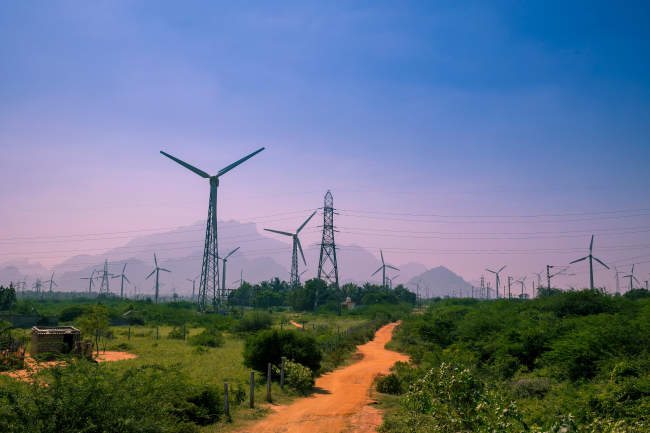EU – ASEAN : Prospects for a Free Trade Agreement
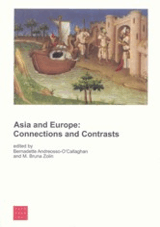
In the wake of the financial crisis of 1997-98 there has been a clear shift in a number of Southeast Asian countries towards the development of Free Trade Agreements (FTAs). ASEAN as a group has concluded FTAs with China and Korea, and it is still negotiating with Japan and India. In addition individual countries (Singapore, Malaysia, the Philippines and Thailand) have begun bilateral FTA negotiations with Japan as well as with other non –Asian partners. At the same time, major changes have affected the EU’s external economic strategy. First, the EU is getting increasingly aware of the need to revamp its economic strategy towards East Asia. Moreover, it is now widely accepted that Europe may enhance its bilateral economic arrangements in parallel to interregional as well as wider multilateral endeavors. The combination of these two moves has led to the definition of a new European trade strategy focusing on priority trading partners, with ASEAN as a potential candidate. The objective of the paper is to assess the chances for the achievement of a FTA between ASEAN and the EU. The paper starts with a brief overview of the bilateral trade and investment relations. As a next step it examines the scope for a further expansion of trade and investment relations and the potential impacts of a FTA, using the results of quantitative assessments conducted so far. A final section takes stock of existing FTAs negotiated on both sides and examines the feasibility of a bilateral FTA based on an assessment of the consistency of the two parties’ policies.

Contenu disponible en :
Régions et thématiques
Utilisation
Comment citer cette publicationPartager
Centres et programmes liés
Découvrez nos autres centres et programmes de rechercheEn savoir plus
Découvrir toutes nos analysesStratégie indienne pour l'hydrogène vert : actions politiques, perspectives de marché et opportunités mondiales
L'Indese positionne en grande économie mondiale à la croissance la plus rapide, et cette croissance rapide entraîne une forte hausse de la demande énergétique. Pays le plus peuplé de la planète, l'Inde doit de toute urgence décarboner ses systèmes énergétiques.
Après la révolution de la mousson, quel avenir politique pour le Bangladesh ?
Entre juillet et août 2024, 36 jours d’un soulèvement sans précédent ont mis fin à quinze ans de règne de Sheikh Hasina.
Accélération de la transition énergétique de l’Inde : le défi de la flexibilité des réseaux au cœur des enjeux
L’Inde augmente rapidement sa capacité en énergies renouvelables (EnR), ajoutant 15 à 20 GW par an, mais l’objectif ambitieux de 500 GW de capacité non fossile d’ici 2030 est menacé si le rythme de déploiement des EnR ne s’accélère pas.

La posture de défense française face aux défis de l'Indo-Pacifique
Le groupe aéronaval (GAN) autour du porte-avions Charles de Gaulle se déploie actuellement dans les eaux de l’Indo-Pacifique. La mission Clémenceau 2025 le conduira dans l’océan Indien et jusqu’en Asie orientale, démontrant la volonté et la capacité de la France de défendre la liberté de navigation et d'accès aux espaces communs.


